10 Spine Chilling Things You Never Imagined Dead Bodies Can Do
When a person dies, their body undergoes a series of changes from stiffening of muscles to loss of color and fluids. While we may have seen some of these things being portrayed on true crime TV shows, there are others that seem almost unbelievable and quite possibly horrifying when one learns about them.
Warning: NOT FOR THE FAINT-HEARTED.
1. Make Noise
While corpses do not necessarily scream or yell, there have been instances where dead bodies have indeed moaned, groaned, hissed and even grunted.
The reason behind these noises is that the air and gases produced in the body before death are still left inside, and they require an escape. So, air released from a cadaver’s windpipe vibrates the vocal chords causing the body to make noises that resemble a grunt or a moan. Similarly, gastric gases make noises similar to a hiss as the gases escape through the intestines.
2. Explode
You might’ve heard stories of bodies exploding from the inside out. Though, most of them are exaggerated, but they might not be too far from reality – in a way.
In January 2013, a corpse exploded in a mausoleum in Melbourne and those present at the time of the incident were traumatized for weeks by the event. What happens is, as the body starts to decompose, the gases created as a result start to build up and they require a means of escape. If they fail to release, the continuous build up may cause the body to ‘explode’.
Other explanations include phenomena such as Spontaneous human combustion. But the possibility of the body actually combusting or exploding is quite low. After death, the body temperature starts to increase, the causes of which could be due to drugs, trauma or even brain signals. But the temperature does go down as the corpse goes through various stages of decomposition.
3. Eliminate
When a body dies, the muscles inside undergo relaxation, including the sphincter muscles which control the release of bodily fluids like urine or feces. After death, the these muscles no longer receive signals from the brain to remain contracted, thus, contents left in the body are eliminated out.
Whether the urine or feces are released or not, highly depend on how you die. For instance, people who were ill for a prolonged period of time, don’t possess a lot of excretions as they’re usually known to lose their appetites or eat lesser than they normally would. However, if the death is sudden, whatever was in the body is eliminated forcefully and sometimes immediately.
4. Give Birth
Unfortunately, death doesn’t have a moral compass, so women who were pregnant at the time of their death might experience what is known as post mortem birth.
While giving birth may be the most beautiful and memorable experience in a woman’s life, giving birth after dying happens to be a completely opposite experience, especially for those who have to deal with the corpse.
Also known as coffin births, there have been numerous incidents of finding a newborn near a dead body in a morgue or sometimes even in the grave.
Basically, the pressure of the gases that build up in the body after death causes the fetus to expel out. While such cases were common in the ancient times due to lack of advances in medical science, they continue to happen to this day. In January 2018, people were shocked to find a fetus in the coffin of a woman in South Africa who died ten days earlier.
5. Move
Tales of dead bodies sitting up straight have been told a lot throughout the years, but the possibility of it happening is slim to none. The body can, however, make small movements after death. The movements might not be outrageous, but can definitely startle people working around the body.
Corpses have been known to twitch or shift, even clench muscles primarily due to the fact that after death, the muscles in the body are still receiving nerve signals causing the body to contract and relax even after death. Once the signals stop transporting to the muscles, the cadaver makes its final movements which are visible in the form of fingers moving, toes wiggling and muscles twitching.
Another factor that may cause such movements is the manner in which the person died. For instance, sudden deaths, even events such as electrocution, may cause movements in body.
6. Appear to Grow
People have, in the past, claimed that even after death, the corpse continued to grow hair and nails. As bizarre as it sounds, such growth that is observed in a corpse is merely an illusion. What appears to be growth, is actually caused due to dehydration experienced by the body as a result of death. This dehydration causes the skin around the nails and hair to retract (pull back), which gives the illusion of longer nails and hair. Goosebumps after death also impact how hair looks on a dead body. This is why morticians tend to apply moisturizer on bodies in order to hydrate the dry skin of the cadaver.
7. Look Aroused
While it may be embarrassing to get aroused at the wrong moment in life, getting an erection after death is creepy as hell.
When a body dies, the blood previously circulating uniformly through the body, starts to pool in the lower sections of the body. And if the death occurred as a result of a spinal injury, or when the person was face down, the likelihood of the blood collecting in the genital areas increases. This continuous pooling of blood causes the dead man’s penis to react, a phenomenon more commonly known as priapism.
While this is more common in men, it can also be seen in women, where their labia become enlarged causing the clitoris to swell in size.
8. Know They’re Dead
There have been numerous stories of people ‘coming back from the dead’. While these experiences of what they call ‘afterlife’ may be different from each other, scientists might have an explanation for them.
After dying, the brain can retain some element of consciousness or awareness. One study showed that of the 2060 cardiac arrest survivors who were observed in a study, legally declared dead, around 40% of them reported to have been fully aware of their surroundings and conversations going around them.
This period of awareness is, however, short-lived. There is a mere 20-30 seconds of awareness time available to the body. In cases of decapitation, the severed head still produces EEG waves even after death. Though the scientists believe that these limited seconds of awareness lead the body into unconsciousness. Still, the idea of being aware that you are dead, for however short amount of time, is terrifying to say the least.
9. Experience Pain
For the people who donate their organs, there is a crucial time limit in which the organs need to be removed from the dead body.
However, scientists have started to fear that even after the brain has died, the body still experiences pain after death. Many dead bodies have found to exhibit various reactions when they are cut open to retrieve the organs; rise in blood pressure, twitching and body movements being among the few. Research says that the brain can stay alive for up to 10 minutes after being declared brain-dead, which means that it is highly likely that the body can experience pain signals that are still being sent by the brain to the body. That is why many people have opted for anesthesia after death in case the pain thing is actually true. Bone-chilling!
10. Orgasm
Yes, you heard that right, dead bodies can orgasm after death. But, for bodies that no longer have oxygen circulating within them, this is not the case.
For clinically dead bodies, meaning, the bodies that are kept alive for organ donations, doctors who work with such bodies sometimes electrically stimulate parts of the spine. This stimulation activates a reflexive action in the autonomous nervous system which can cause an orgasm. But since the bodies are clinically dead, there is no actual pleasure from this experience. The reflex is purely out of the brain still sending signals to the body.
Like us on Facebook
- Related Stories -
About The Author
Manaal
A co-founder at InyMiny, Manaal is a party animal. She loves to cook, travel to exotic places and follows the 'No Tomorrow' cult! Adventure is her turn on as she believes that there is no feeling like the thrill you get from an adrenaline rush. Her motto in life: Get ready to take that leap of faith, because It's NOW or NEVER.




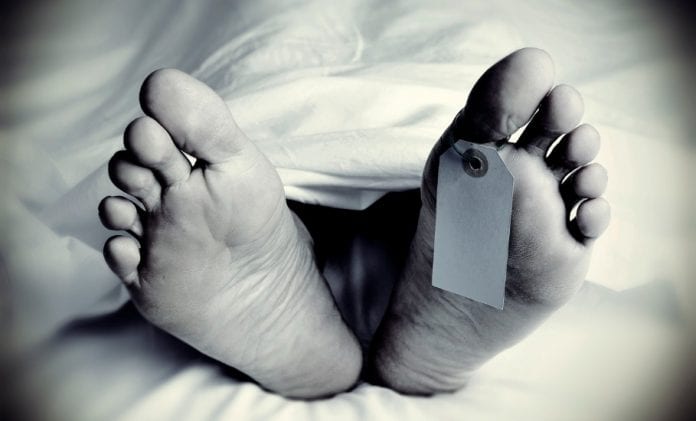
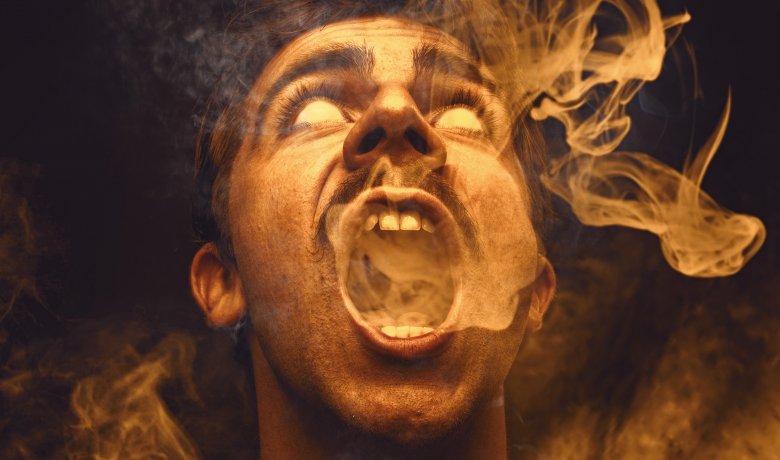
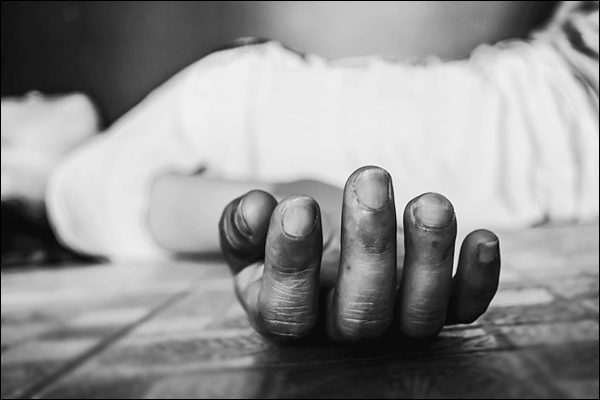
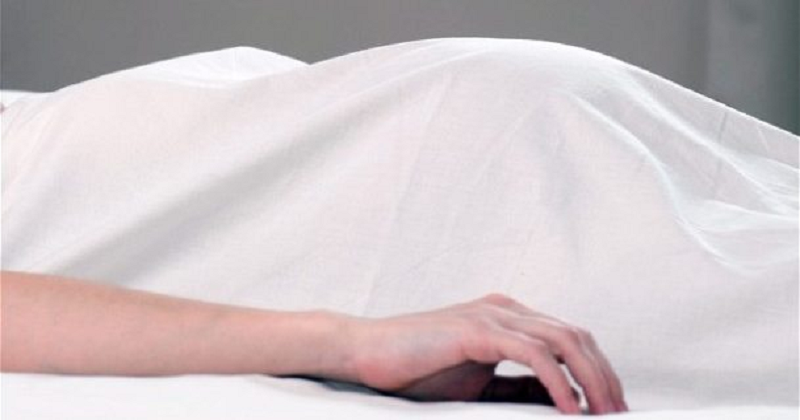
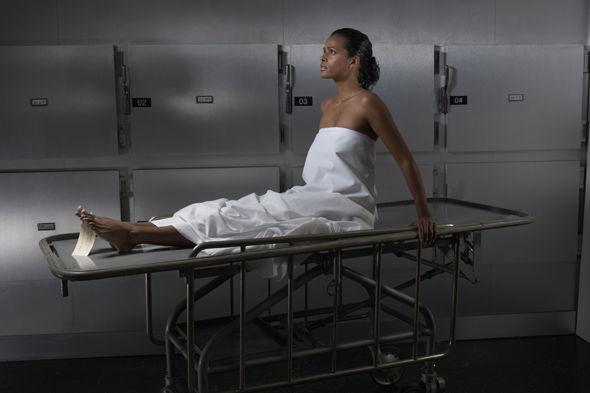
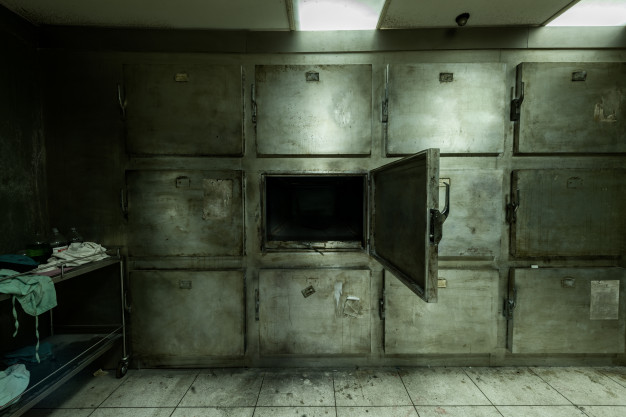
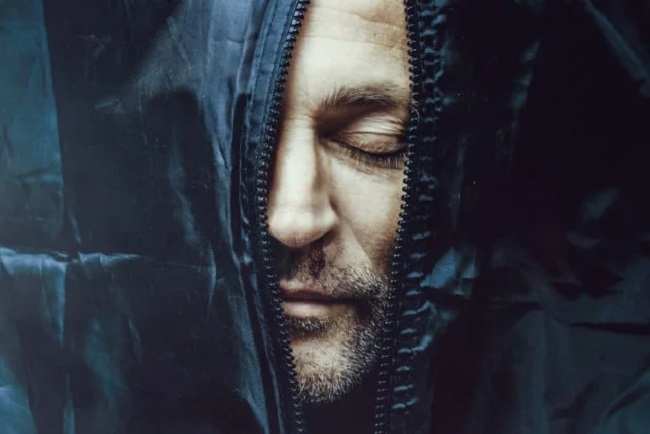
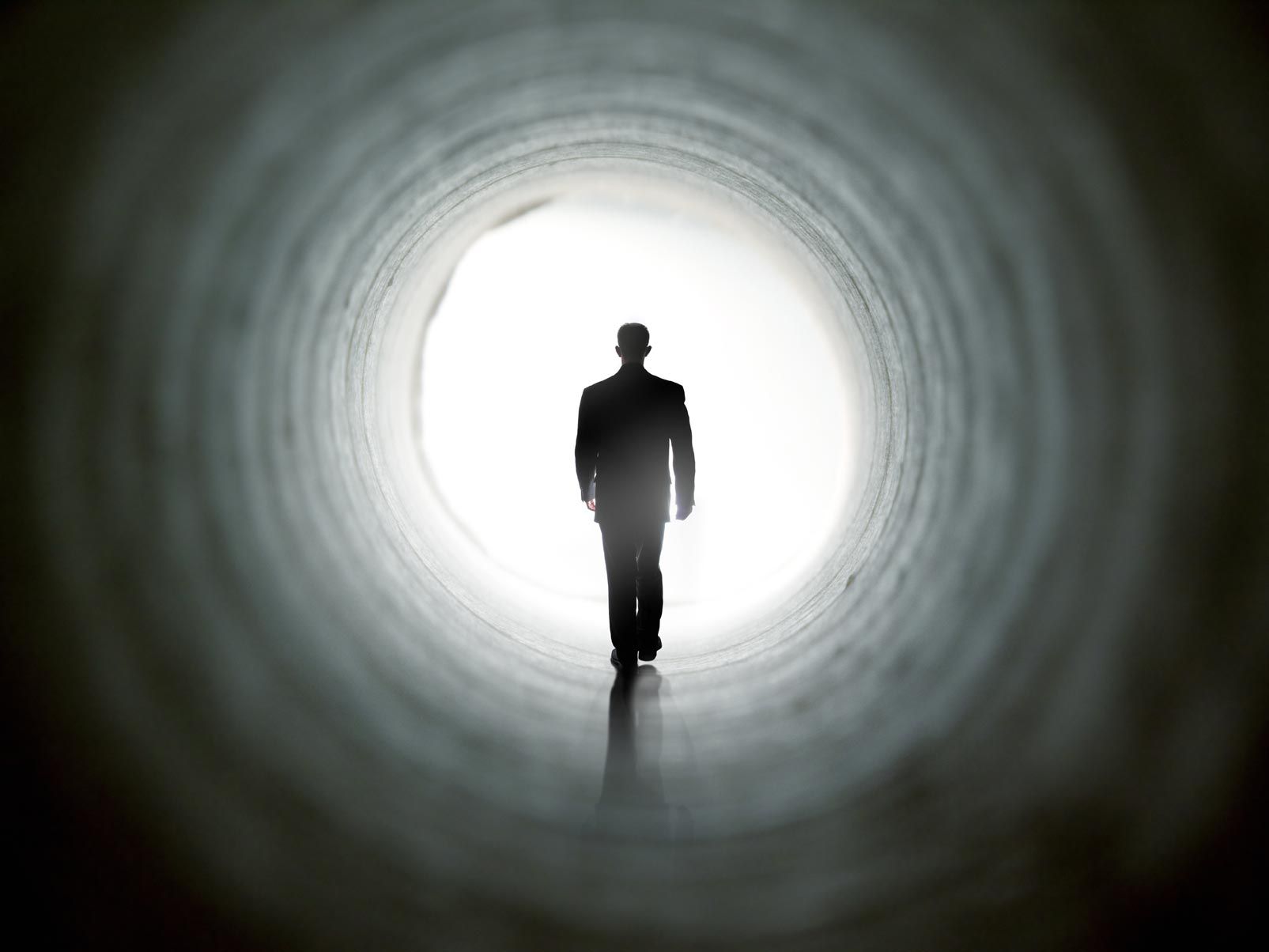
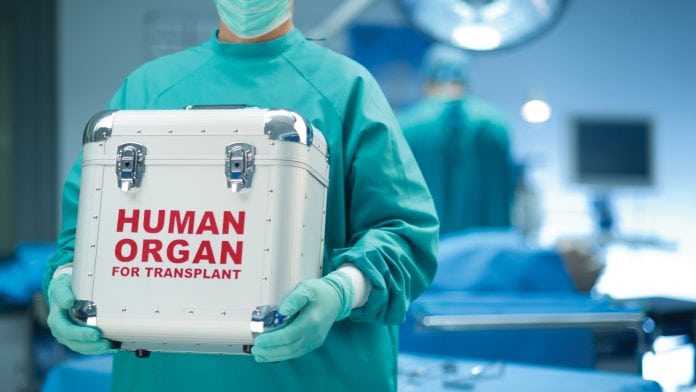
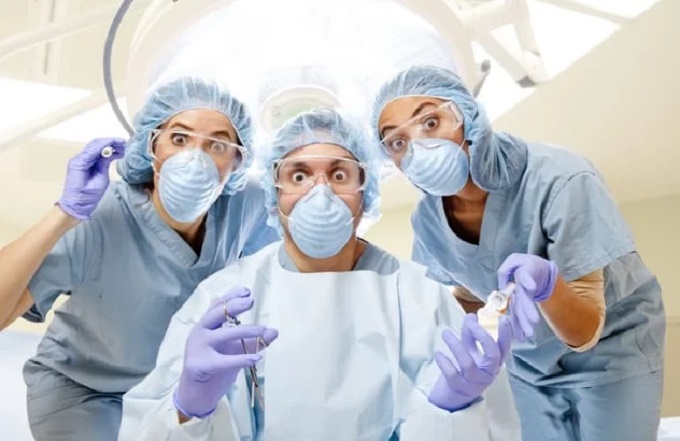

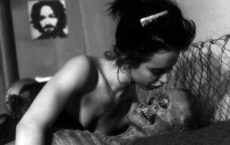

- Facebook Conversations -